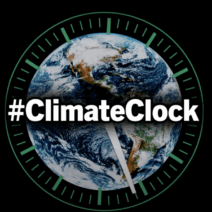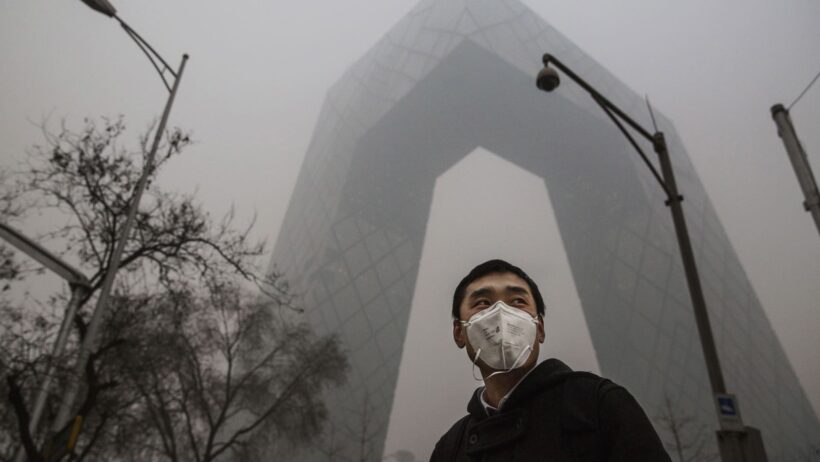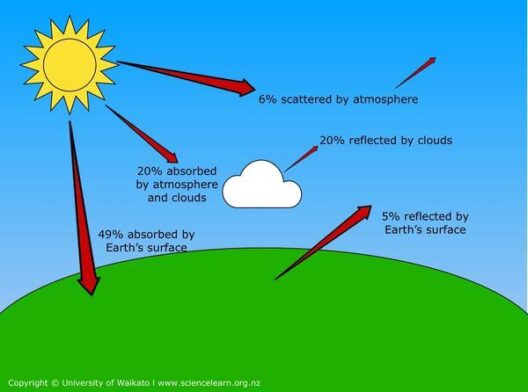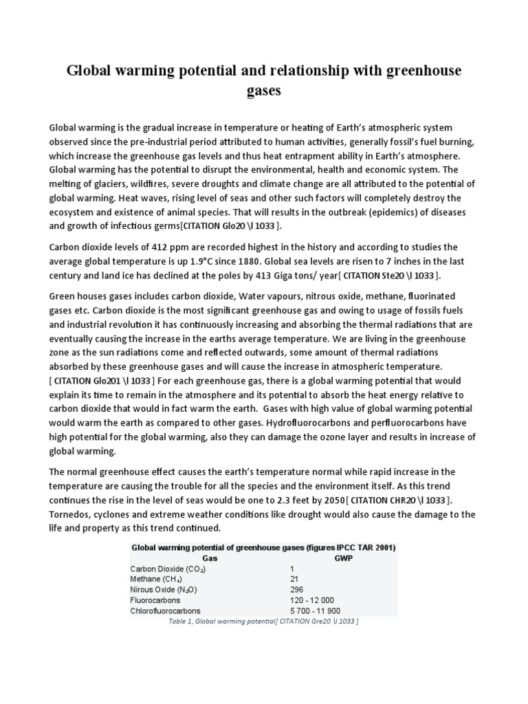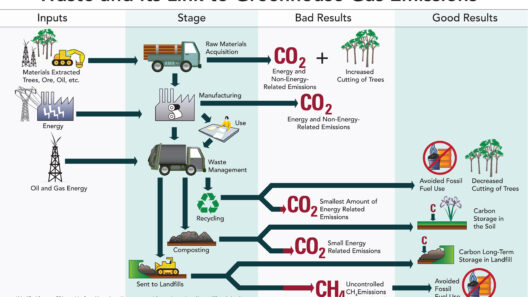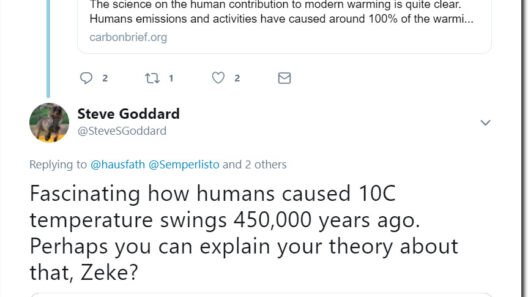The Paris Climate Treaty, officially known as the Paris Agreement, stands as a monumental instrument in the global struggle against climate change. Signed in December 2015 during the 21st Conference of the Parties (COP21), this treaty has captured worldwide attention and has become central to international environmental policy. It’s pivotal to understand its intricacies, ambitions, and implications as it aims to redefine global cooperation in monitoring and mitigating climate change.
The framework commits nations to a collective goal: to limit global warming to well below 2 degrees Celsius above pre-industrial levels, and to pursue efforts to limit the increase to 1.5 degrees Celsius. This aspiration reflects the urgent need to curtail the devastating impacts of climate change, which threaten ecosystems, economies, and human health across the globe.
The Essence of Global Cooperation: A Collective Commitment
The Paris Agreement is not just another international treaty; it symbolizes global camaraderie. Unlike its predecessors, which mandated binding emissions reductions, the Paris Agreement employs a more flexible and pragmatic approach known as “nationally determined contributions” (NDCs). Each country is tasked with formulating its own climate action plan, which reflects its national circumstances, capabilities, and levels of development.
This unique feature cultivates a sense of ownership and responsibility among nations. By allowing flexibility, it encourages diverse approaches tailored to local conditions, whether through innovative technologies or indigenous practices. This self-determined route has fostered a platform for dialogue, pushing countries to elevate their commitments over time through successive rounds of negotiations.
Interlinked Futures: The Role of Developing Nations
A distinguishing characteristic of the Paris Agreement is its nuanced approach towards equity. Recognizing the disproportionate impact of climate change on developing nations, the agreement encompasses provisions for financial and technical support for these countries. This aims to bolster their resilience against climate-induced adversities while enhancing their capacity to transition toward sustainable development.
This dimension also extends to adaptation and loss and damage mechanisms, which serve as vital components in safeguarding vulnerable communities. Such inclusivity not only mitigates climate risks in the Global South but fosters solidarity and understanding among nations, weaving a fabric of shared responsibility that transcends borders.
The Quest for Transparency: Monitoring Progress
Central to the success of the Paris Agreement is the need for a robust accountability framework. The treaty emphasizes transparency, compelling countries to report their emissions and progress regularly. This mechanism seeks to build trust among nations, ensuring that commitments are honored and that progress is visible to all stakeholders. It diminishes the potential for free-riding, thereby enhancing cooperative behaviors globally.
Moreover, the agreement establishes a “ratchet mechanism,” which obliges countries to not only fulfill their initial pledges but to ratchet up their ambitions over time. This progressive leveling up is essential for achieving the lofty goals set forth by the treaty and responding effectively to the escalating climate crisis.
Addressing the Elephant in the Room: Climate Finance
Climate finance embodies a crucial aspect of the Paris Agreement. The commitment to mobilize $100 billion annually by 2020—later extended through 2025—highlights the urgency of funding the transition to a low-carbon economy. These funds are meant to support both mitigation and adaptation efforts, ensuring that developing nations are not left behind in the global shift toward sustainability.
Investment in green technologies, infrastructure, and capacity-building initiatives in developing nations can substantially enhance their ability to tackle climate change effectively. In this context, climate finance serves as a lifeline, transforming challenges into opportunities, and paving the way for sustainable growth.
The Aesthetic Appeal: A Vision for a Sustainable Future
Beyond the quantitative measures, the Paris Agreement embodies a profound vision of global change. Imagine vibrant cities, lush forests, and thriving wildlife sanctuaries coexisting harmoniously with human development. It paints a portrait of nations working in unity, transitioning to renewable energy sources, embracing circular economies, and prioritizing ecological preservation.
This aesthetic vision is compelling and motivating, conjuring an image of a future where the air is clean, oceans are healthy, and communities are resilient. It represents a departure from the antiquated paradigms of development that prioritize growth at the expense of ecological integrity. Instead, it champions a symbiotic relationship between humanity and nature, reflective of reverence towards our planet.
Conclusion: The Road Ahead
The Paris Climate Treaty serves as a beacon of hope in our collective quest for sustainability. However, the path towards its successful implementation is fraught with challenges. As we navigate complex geopolitical landscapes and economic disparities, it is imperative that nations remain committed to their NDCs and strive to enhance their ambitions continually.
Achieving the targets outlined in the Paris Agreement requires not only the will of individual nations but also a profound transformation of systems and values. The urgency is palpable; the time for action is now. Together, we can forge a resilient future characterized by innovative solutions, equitable participation, and enduring collaboration. With every commitment made and every action taken, we inch closer to the vision of a sustainable world that the Paris Agreement encapsulates.


